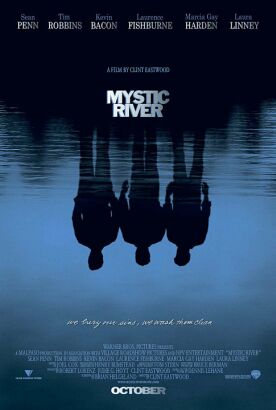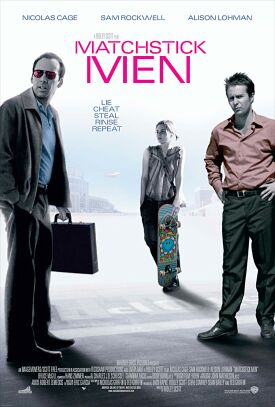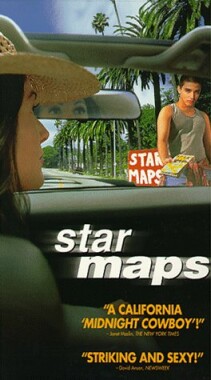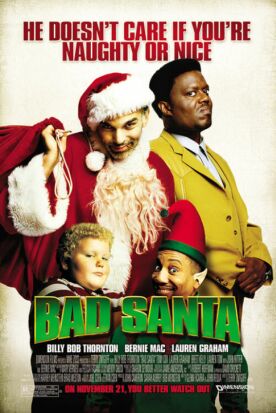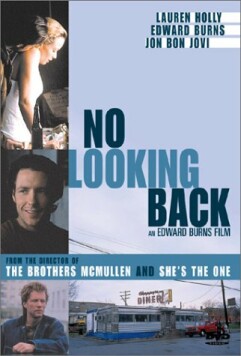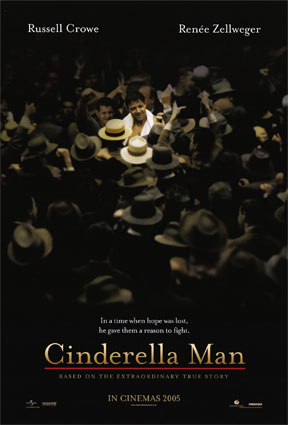Mystic River
Clint Eastwood’s Mystic River is winning plaudits from many critics because the film seems to them to be a kind of retraction of the Dirty Harry movies in which the director starred thirty years ago. And, indeed, the movie is unquestionably a tip of the hat to the liberal and progressive notion of “the cycle of violence,” which is the short-hand designation for the notion that if you’re nice to people — including thieves, murderers and suicide bombers — people will be nice to you.
But in spite of the popular wisdom, the movies are not well-adapted to the portrayal of “violence” — that is, generic mayhem. Audiences instinctively grasp that there is the good violence of the good-guys and the bad violence of the bad-guys, and they are rarely mistaken in separating the one from the other. Clint Eastwood’s film career, like that of many a star before him, was built on this principle. Dirty Harry and other characters in his somewhat limited repertoire may not have been “good” in the conventional understanding of the term, but everybody recognized them as good guys in the context of those films.
Now Clint craves the approval of more than audiences, however, and he knows that if you want to be feted by the media and the critics, you’ve got to pretend to be smarter than your audience. You’ve got to show that you know there are no good-guys and bad-guys but only victims — psychically damaged guys who, in pointlessly lashing out at each other, only create more victims, more psychic damage. Revenge, that is, the great theme of not only the movies but of art and literature for centuries, is for suckers.
In Unforgiven, Mr Eastwood at least allowed for good-guys and slightly-less good-guys, so that revenge, when it came, still made something like the old sense. In Mystic River, adpated by Brian Helgeland from Dennis Lehane’s novel, it is just completely misconceived, and so Eastwood ends up patronizing his poor Irish-Catholic Bostonian subjects as too stupid and hidebound to understand their own place in the cycle of violence.
Of course, that doesn’t prevent their picturesque suffering. The three main stars Sean Penn, Tim Robbins and Kevin Bacon, all get to show off their ability to emote, even when this is inconsistent with their character. Mr Penn, for instance, as the father of a murdered daughter, shows us hysterical grief which is then followed by tough guy posturings in which emotion is shown as being held in rigid check.Well which is it? Emotional excess or emotional “repression”? We can’t quite make his character out.
By contrast, the emotional “issues” of the other two men are only too obvious. Mr Robbins’s character as a boy (Cameron Bowen) was abducted by a pedophile and molested while playing with the other two — and by the way, Mr Eastwood makes his own contribution to recent anti-Catholicism by representing one of the two abductors as a lookalike for the late father John Geoghan who sports a large signet ring with a prominently displayed cross — and is represented as “damaged goods” for the rest of his life.
Post-traumatic stress disorder, especially as a result of child abuse, is made to order for Mr Robbins’s mobile face, here frozen into a maniac’s grimace that tells us all we need to know about him from his first appearance as a man. And then there is Kevin Bacon’s state policeman. Though it has absolutely nothing to do with anything else in the movie, we have to have a personal drama for him too, and so he gets one: his wife has left him for unexplained reasons and he longs to have her back. So he goes around grim-faced with suppressed emotion too! And we haven’t even mentioned the emotion of Marcia Gay Harden as Mr Robbins’s terrified wife who comes to believe that he is a murderer.
If in the moral there is a break from, in the feeling there is a continuity with Mr Eastwood’s earlier career. It is hardly surprising that, in multiplying the opportunities for repressing emotion he thinks he is creating drama, just as with his little moralizing touches — the macho man is led astray by his foolish attachment to honor and revenge, what we think we know about people we don’t know — he thinks he is making art. So long as it is so much in keeping with the prejudices of our times, no one is likely to tell him otherwise.
Discover more from James Bowman
Subscribe to get the latest posts to your email.

